We celebrate the enduring legacy of “The Rocky Horror Picture Show”, the 47-year-old phenom that dared us all to be our authentic selves.
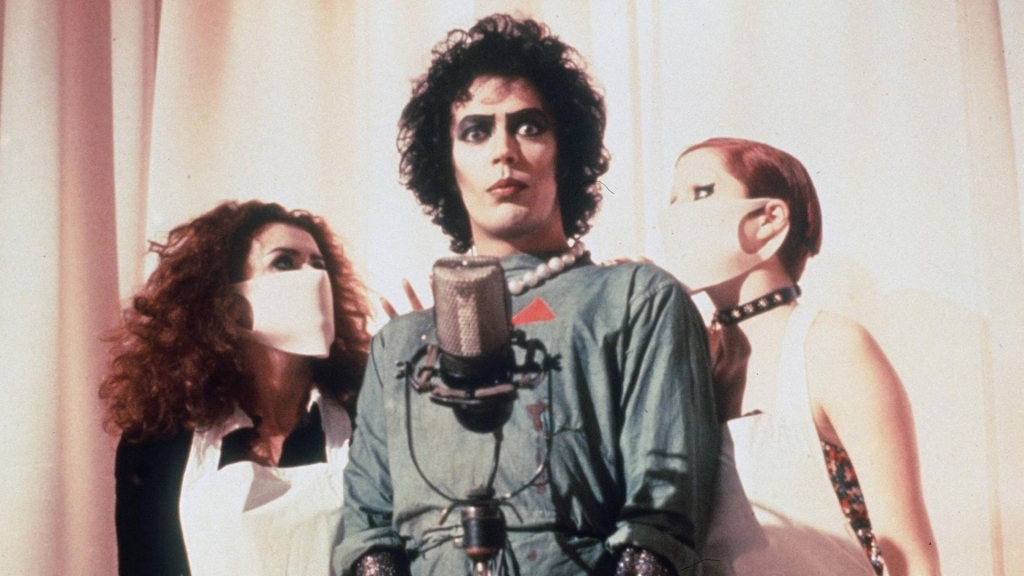
It all starts on a dark and stormy night. Brad Majors and Janet Weiss, from Denton, Texas, travel along a country road to see Dr. Everett Scott, a retired science teacher from Denton High School. They get a flat tire, and Brad doesn’t have a spare. So, they need to get to a location to use a phone to call for help.
The nearest place is a dark castle down the road…home to Dr. Frankenfurter, a sweet transvestite from Transsexual, Transylvania. As they cross the threshold of Dr. Frakenfurter’s lair, Brad and Janet have no idea that they are about to have their world turned upside down.
Originally a flop at the box office, The Rocky Horror Picture Show (released in the U.S. on September 26, 1975) would rise to iconic status.
Rocky Horror was taken out of mainstream theaters after its first weekend. However, Richard O’Brien’s musical found a home in theaters that showed midnight movies. Over the past 40+ years, Rocky Horror developed a cult following of loyal fans through midnight screenings and word of mouth. To this day, Rocky Horror fans attend screenings dressed as their favorite characters and make the screenings an interactive experience.
To date, the film has been translated into over 20 languages and earned over $135 million at box offices worldwide.
O’Brien’s musical comedy deserves a place in horror history for many reasons.
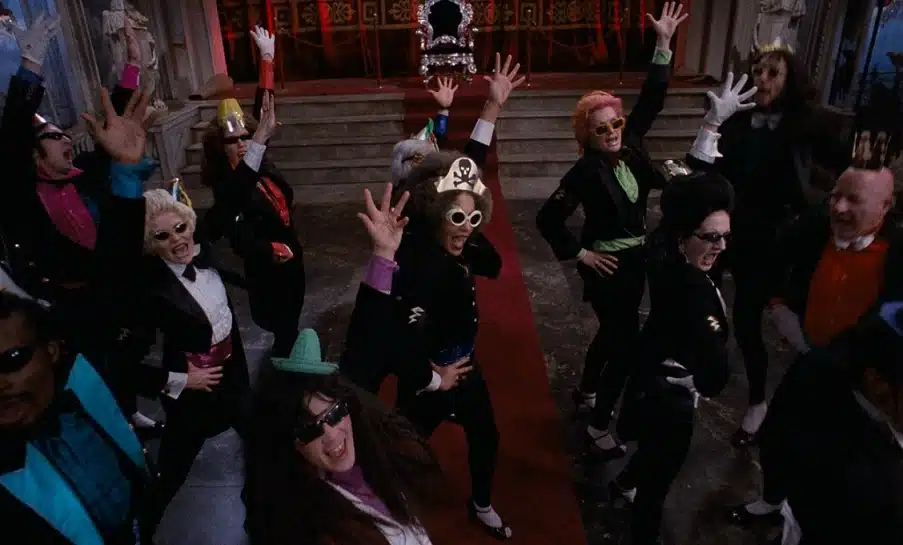
The story is a homage to classic sci-fi movies, but it’s more than that.
O’Brien used both rock music and horror imagery to create a satire that sends a powerful message. Every character in the story is iconic in their own way, a stereotype that spoofs different facets of society. Most importantly, while it forces us to take a look at ourselves, its wit allows us to let our guards down and laugh at ourselves.
During the winter of 1972, Richard O’Brien was an unemployed actor looking to kill some time. So, he wrote a musical. Originally titled They Came From Denton, O’Brien showed his musical to writer and producer Jim Sharman.
O’Brien previously worked with Sharman on a production of Andrew Lloyd Webber’s Jesus Christ Superstar. Sharman liked O’Brien’s strange musical, which premiered under the title The Rocky Horror Show on June 19, 1973, at the Royal Court Theatre (Upstairs). The show moved around London until it closed on September 13, 1980.
During its run, The Rocky Horror Show won the 1973 Evening Standard Theatre Award for Best Musical.
Lou Adler, producer and owner of Ode Records, attended a performance in the winter of 1973. Adler loved the show so much that he purchased the U.S. theatrical rights. In 1974, The Rocky Horror Show crossed the pond to the United States, debuting at the Roxy Theater in Los Angeles. The show ran in Los Angeles for nine months and made its Broadway debut at the Belasco Theatre.
When Rocky Horror came to America, Meatloaf was cast as Eddie (and also played Dr. Scott). Rocky Horror had only three previews and 45 showings. However, the show earned a Tony nomination and three Drama Desk nominations.
There have been many international productions across six continents, revivals in the West End and Broadway, and eight UK tours.
The Rocky Horror Show became The Rocky Horror Picture Show, a film produced by Lou Adler and Michael White and directed by Jim Sharman.
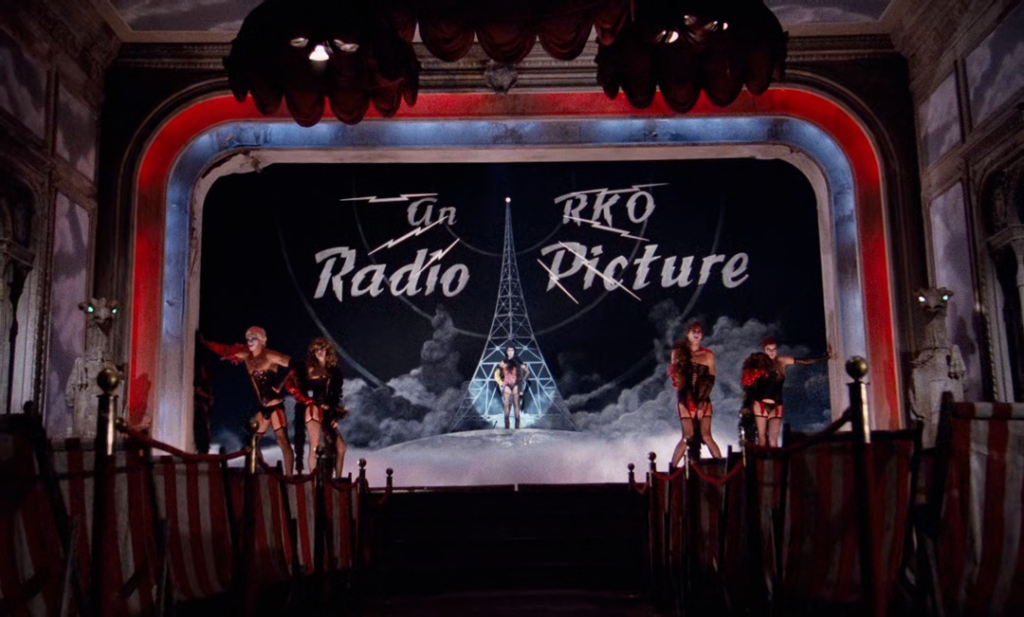
O’Brien and Sharman co-wrote the screenplay.
Some big names wanted roles in the film. Elvis Presley reportedly wanted to play Eddie, and Mick Jagger wanted to play Dr. Frankenfurter. However, O’Brien wanted to keep some of the original stage cast in some of the main roles.
Tim Curry played Dr. Frankenfurter since the show’s 1973 debut.
O’Brien‘s original conception of Dr. Frankenfurter was as a muscular, body-builder type. So, when looking for his Dr. Frankenfurter, O’Brien hung around gyms looking for a muscular man who could sing. During one of his gym outings, he ran into Tim Curry. O’Brien and Curry both worked together on a stage production of the musical Hair. O’Brien told Curry about his musical, and Curry wanted to read it.
Curry thought it was clever, and the rest is history.
Other stage show cast members in the film include Rocky Horror creator Richard O’Brien as Riff Raff, Patricia Quinn as Magenta, street performer and tap dancer Nell Campbell as Columbia, and Meatloaf as Eddie.
However, 20th Century Fox insisted that Brad and Janet be re-cast with American actors. Comedian and Saturday Night Live alumni Steve Martin auditioned for Brad before Barry Bostwick was cast, and Susan Sarandon was cast as Janet.
Certainly, O’Brien didn’t realize the monster he created would endure for over 40 years — and still going strong.
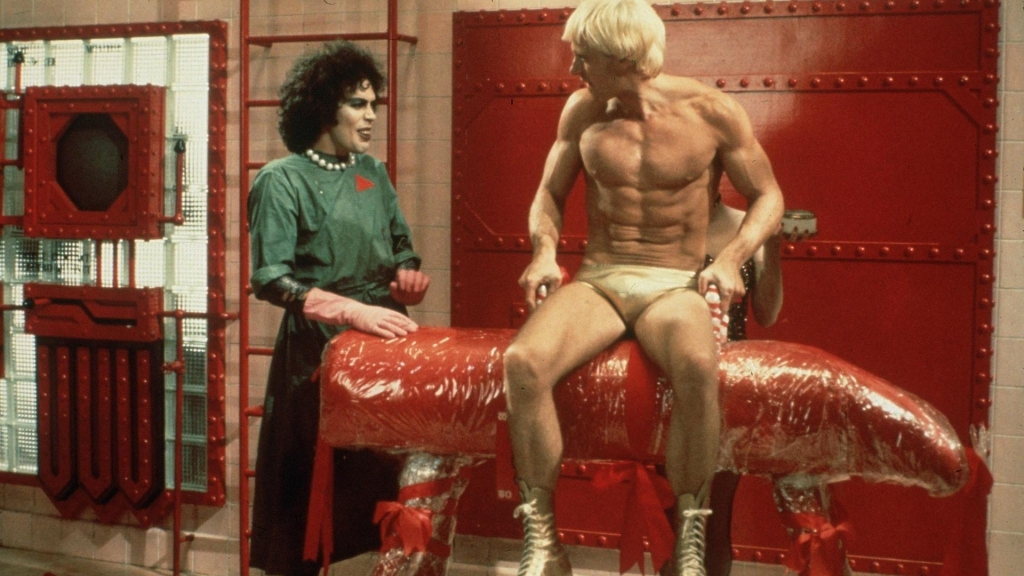
He wrote a musical that embodied his love of B sci-fi and horror movies from the 1930s-1950s and glam rock. The show would become a beacon in the dark for outcasts who could safely express themselves at a midnight showing of Rocky Horror.
The first time I saw Rocky Horror, I was obsessed, enthralled, and completely enchanted.
As someone different in many ways — especially regarding their gender identity and sexual orientation — the unapologetically bisexual, gender-bending Dr. Frankenfurter appealed to me.
The Rocky Horror Picture Show celebrates over 40 years of encouraging others to be themselves.
The movie was way ahead of its time with its bold portrayal of LGBTQ+ themes. From the time he steps off the elevator and struts his stuff to sit seductively on his throne, Dr. Frankenfurter took his place in horror history.
The film’s exploration of sexuality and gender identity is a huge part of how it’s grown such a large cult following. After Rocky Horror was pulled from mainstream theaters, it was shown in theaters that showed midnight movies. The film is credited with creating a safe space for the LGBTQ+ community during a time when police raids on gay bars were the norm.
Fans of Rocky Horror could show up in costume at theaters for a midnight showing and have a safe place to express themselves.
The following highlights give the film its unique place in horror history.
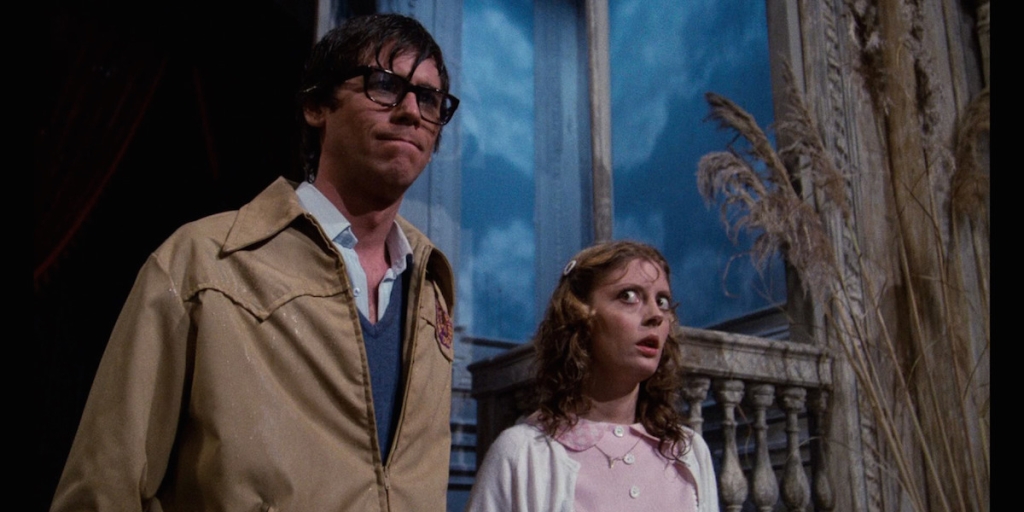
1. The movie is a homage to classic sci-fi and horror.
2. The plot is taken from Mary Shelley’s immortal tale, Frankenstein, with an exciting twist. Dr. Frankenfurter creates life in the form of Rocky, a muscular Ken-doll-looking man who he intends to keep as his plaything. The entire movie plays out like a classic horror movie, from Brad and Janet getting a flat tire in the middle of nowhere on a dark and stormy night to the castle setting.
3. Besides the plot, Rocky’s birthing tub was the same one used in Hammer’s 1958 film, The Revenge of Frankenstein. Magenta also wears Elsa Lancaster’s signature hairstyle in Universal’s Bride of Frankenstein.
4. Another inspiration for the film was The Wizard of Oz. If you look closely, the two films have much in common. The beginning was originally supposed to be in black and white, becoming color as Brad and Janet walk into Dr. Frankenfurter’s party, just as The Wizard of Oz becomes color when Dorothy enters Oz. In Rocky Horror, Brad and Janet come upon Dr. Frankenfurter’s castle during a storm. Dorothy is transported to Oz during a tornado. Brad and Janet know they’re not in Denton anymore once they step across the threshold, just as Dorothy looks around at Oz and tells Toto, “I don’t think we’re in Kansas anymore.” Janet tells Brad that they need to leave Dr. Frankenfurter’s castle since the atmosphere is “unhealthy.”
5. As a horror comedy and satire, the characters are intentionally tropey. The Rocky Horror Picture Show is a satire on society and on our inner selves fighting to break free of the facades that society pressures us to build. From the beginning, gender norms are spoofed.
6. The gender-bending theme begins with the opening credits, which feature Patricia Quinn’s lips. But it’s Richard O’Brien’s singing Science Fiction Double Feature. O’Brien reportedly did this intentionally as it fits with the story’s theme.
Brad and Janet
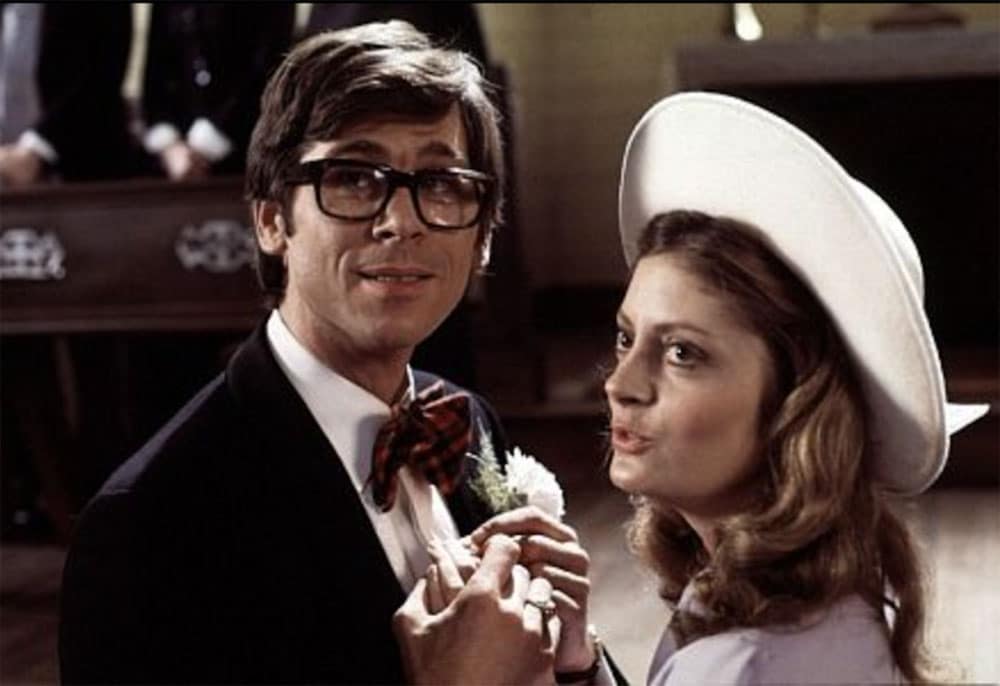
Brad Majors is the aspiring husband and family man on our masculine side. Janet Weiss is our feminine side, an aspiring housewife and damsel in the distress. However, both have someone different underneath their cookie-cutter facades.
When we’re introduced to them at their friends’ wedding, conventional gender roles are stressed in both setting and dialogue.
In the beginning, Brad and Janet attend a wedding at an old-fashioned country church. In many cultures, weddings are a rite of passage from childhood to adulthood, when boys and girls officially become men and women, cemented into their respective roles. The newlyweds’ car is decorated with the phrase “Wait Til Tonite. She got hers, now he’ll get his,” painted on the side. In other words, women want marriage and commitment, and men want sex.
After the couple drives off, Janet muses that “Only an hour ago, she was plain old Betty Monroe, and now she’s Mrs. Ralph Hapschatt.”
A woman only becomes someone once she’s married—and officially erases her identity by being identified with her husband’s name. In Brad and Janet’s world, there’s a strict division between both masculine and feminine behavior.
Dr. Scott
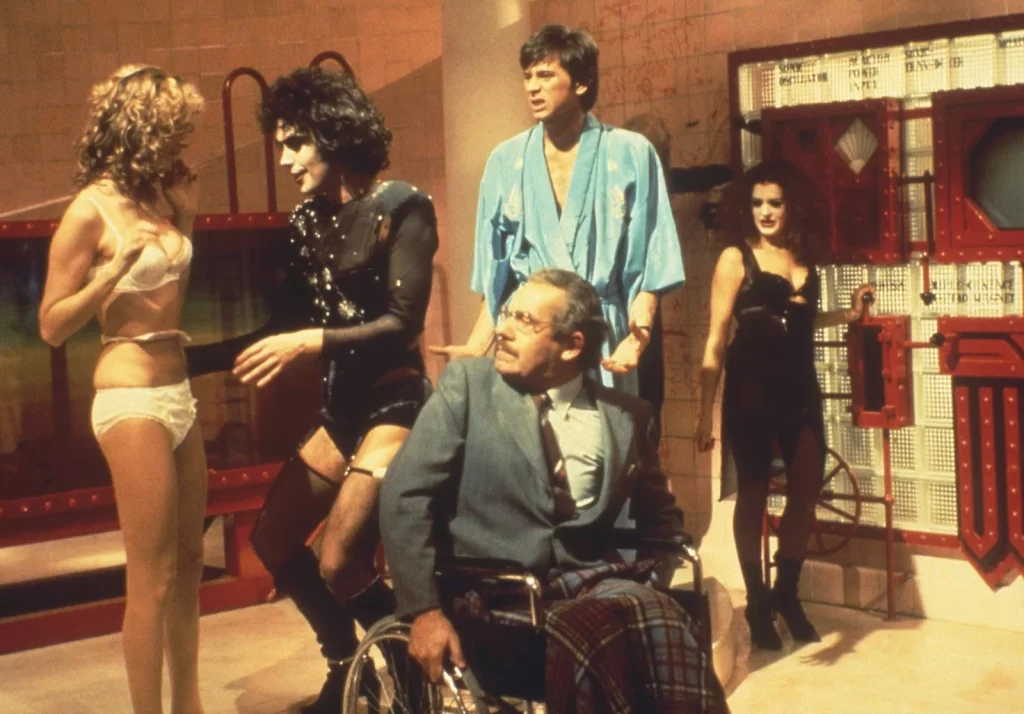
Dr. Scott represents the older generation determined to uphold the status quo. He’s our conscience, trying to keep everyone from going outside the conventional rules of society.
At the movie’s end, as he appears with the other characters onstage, he says that he must remain strong and that this decadence must end.
All of the other characters are dressed like Dr. Frankenfurter in lingerie, fishnet stockings, and high heels. Dr. Scott sits in his wheelchair, and from the waist up, he’s in his conservative, very masculine suit. However, it’s revealed that Dr. Scott, like Brad and Janet, is also dressed in fishnet stockings and high heels underneath the blanket draped across his lap.
He does give in and flashes a bit of leg. However, In the end, as Riff Raff kills Dr. Frankenfurter, Brad and Janet are upset. Dr. Scott returns to his archetype and reminds us, “Society needs to be protected.”
Dr. Frankenfurter

Dr. Frakenfurter is our inner self that fights to break free. He struts around belting out that he’s a “sweet transvestite from Transexual, Transylvania,” and later on, he urges us to “give ourselves over to pleasure.” He’s our id as he unapologetically pursues the objects of his desire. He toys with people and aggressively seduces both Brad and Janet.
Dr. Frankenfurter certainly has many flaws: he’s selfish, impulsive, reckless, and hedonistic. However, we see him at the end, wondering why all everyone turns on him. Perhaps, he’s not all bad. Maybe he just wants to be loved, too. Perhaps, he thinks he’s helping people to realize their authentic selves.
Dr. Frankenfurter flies in the face of convention and goes against the grain. He challenges everyone around him to lose their inhibitions.
Columbia confronts him at the end and tells him how much she loved him and how he uses people up and tosses them aside. While Dr. Frankenfurter is selfish, his challenge isn’t simply pursuing pleasure regardless of society’s thoughts. He dares us to be our authentic selves while doing so.
Columbia
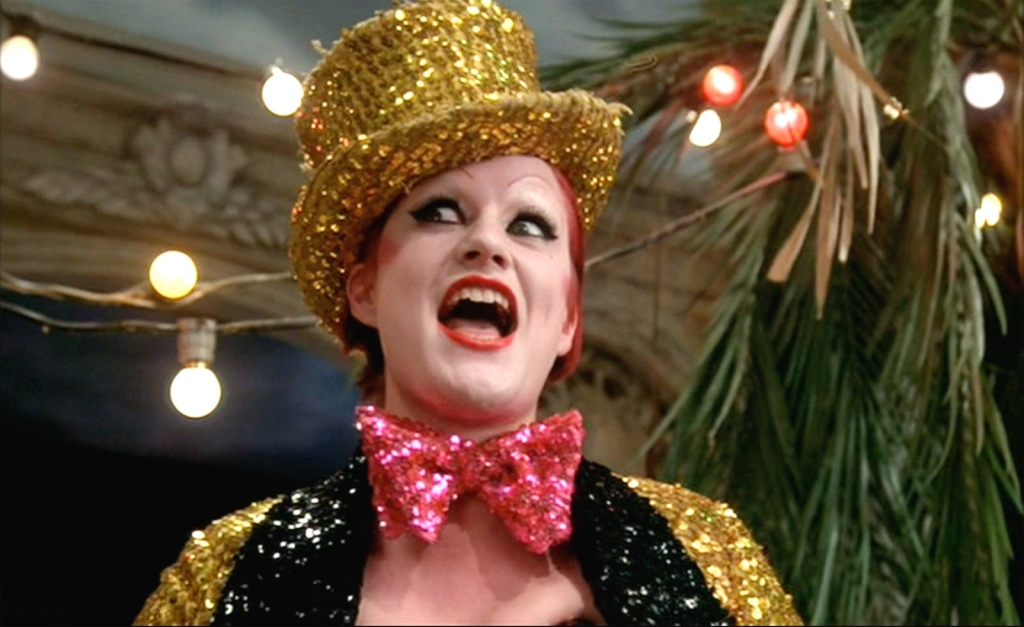
Columbia is our heart, the center of our emotions looking for acceptance and love…in all of the wrong places.
She’s childlike and adolescent and even speaks in a high-pitched voice. She loved Dr. Frankenfurter, who tossed her aside to make Rocky. As Dr. Frankenfurter builds his ideal muscle man, she shifts her attention to Eddie, who was a rough, violent character. She yearns for acceptance and love, throwing herself at anyone who she thinks will accept her.
Interestingly, she wears Mickey Mouse-style ears in the film, a symbol of childhood and innocence, romance, and fairytales.
Magenta and Riff Raff
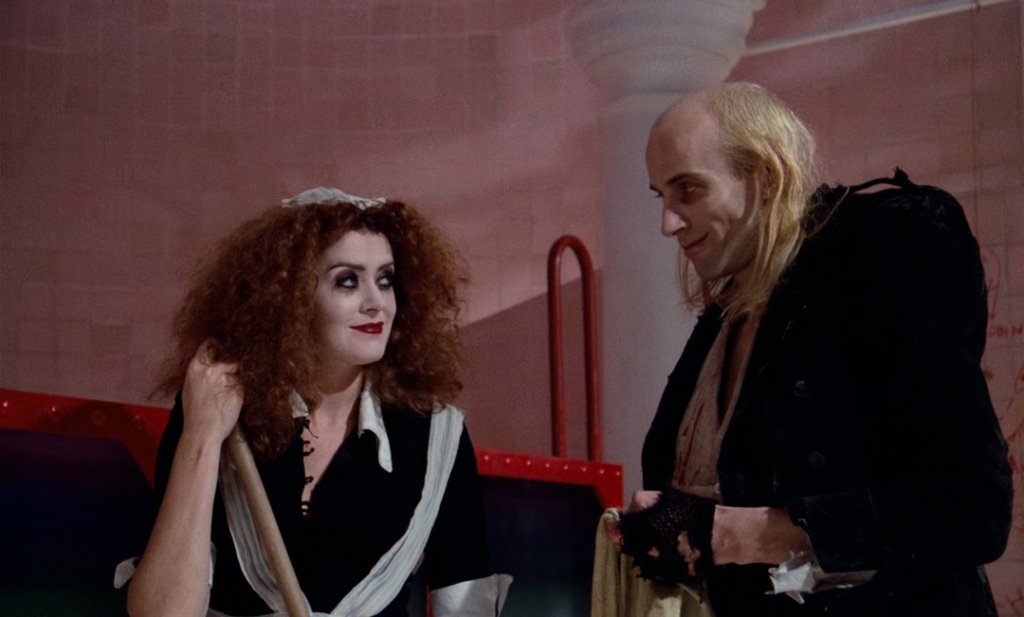
Magenta and Riff Raff just want to go home to their planet. They want nothing to do with humans and just want to be among their people.
They are fine with who they are but want to be in their own space. They want to be in a place where they naturally fit instead of living among humans, unlike Dr. Frankenfurter, who seems to enjoy pursuing people and watching them succumb to his will.
The story’s entire theme is expressing yourself — your true self, even if your nature goes against the accepted norm.
The cultural impact of The Rocky Horror Picture Show gives it its special place in horror history. It’s the perfect film for anyone who has ever felt out of place. It found a home at midnight showings and found an audience with outsiders like the film’s alien characters from Transsexual, Transylvania.
O’Brien gave outcasts an icon in Dr. Frankenfurter — a force of nature daring us to let our freak flags fly.


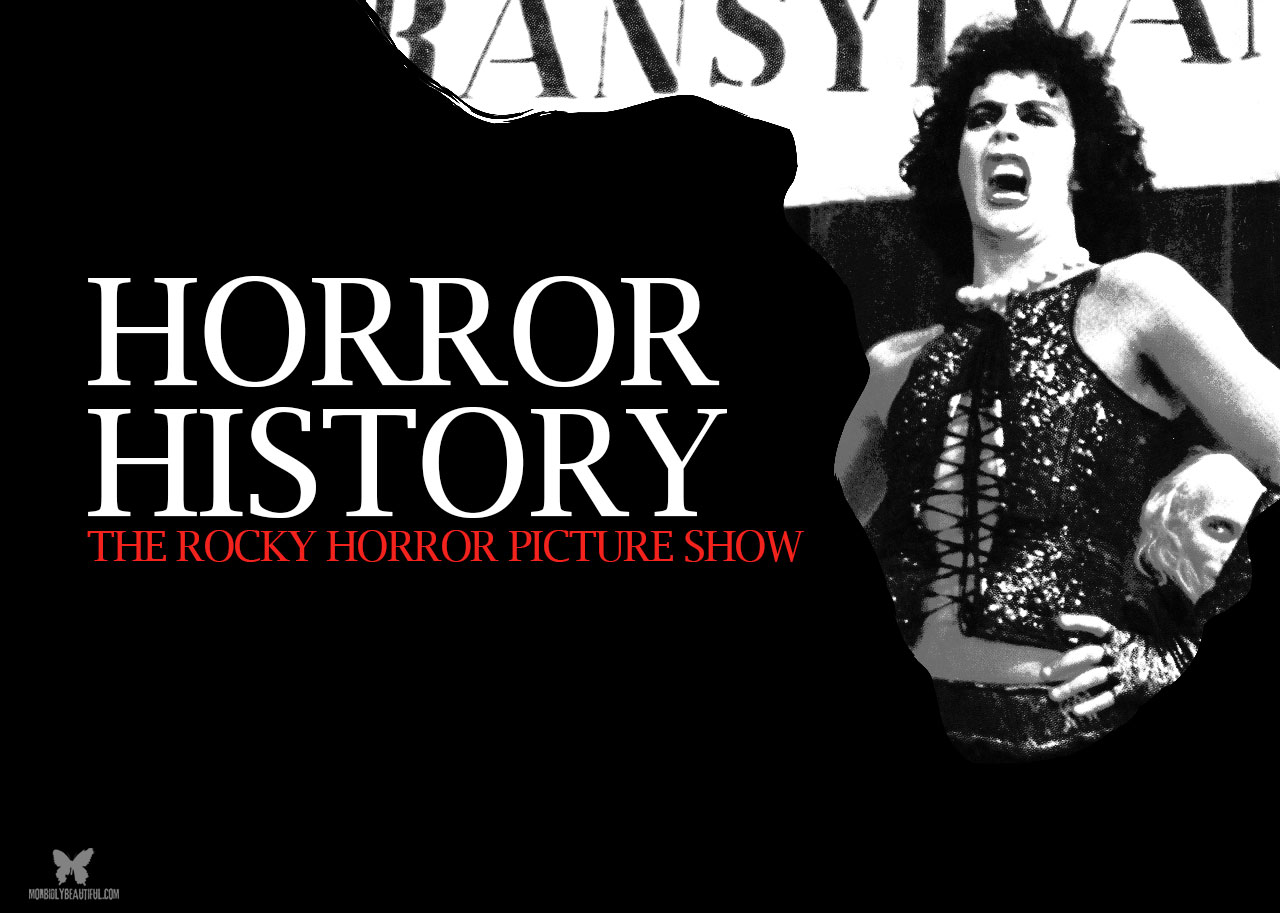
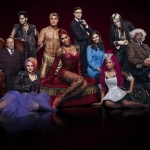

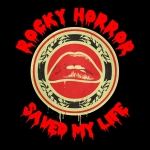
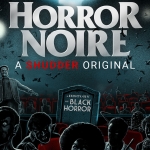


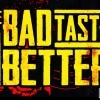




Follow Us!